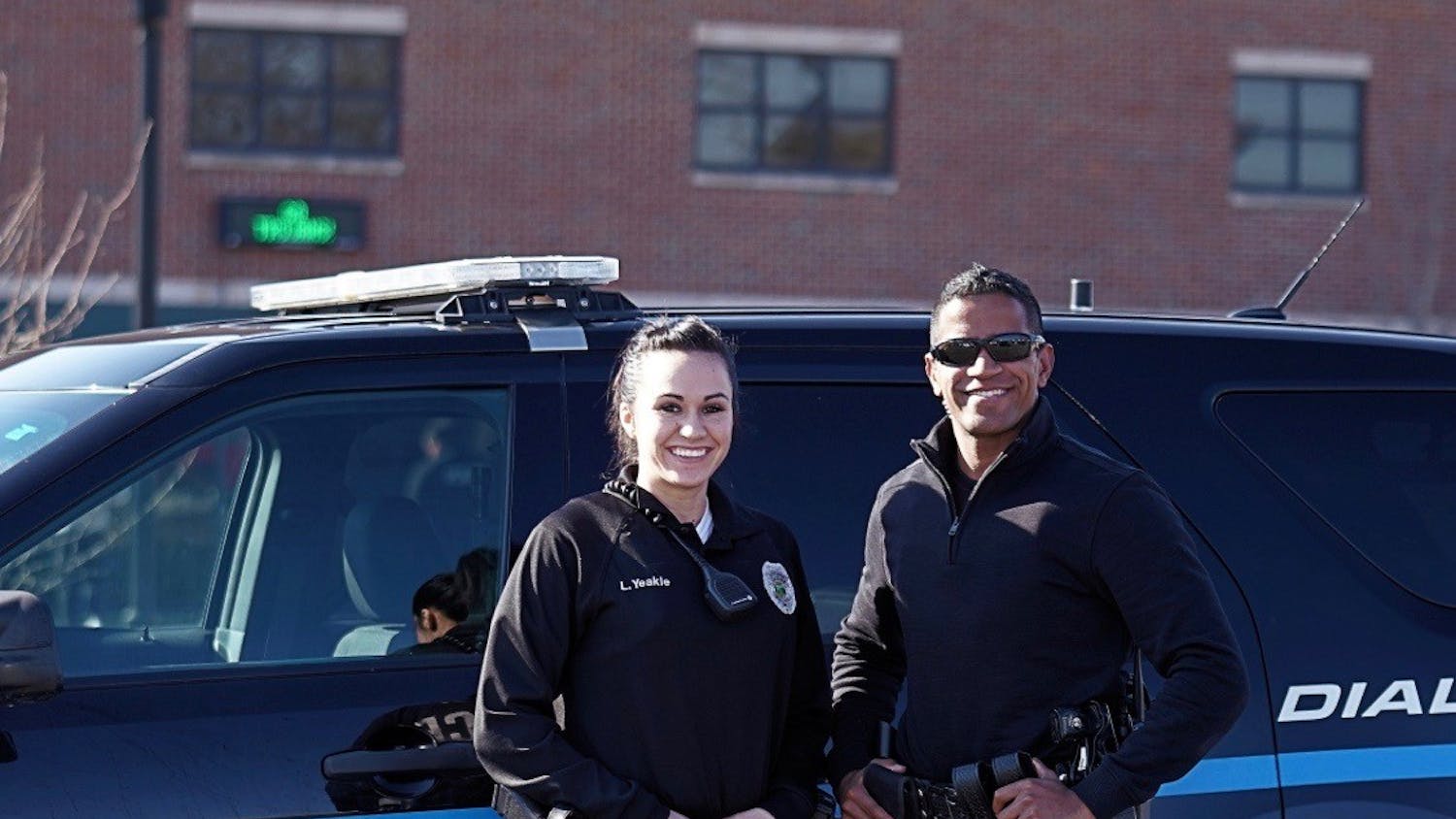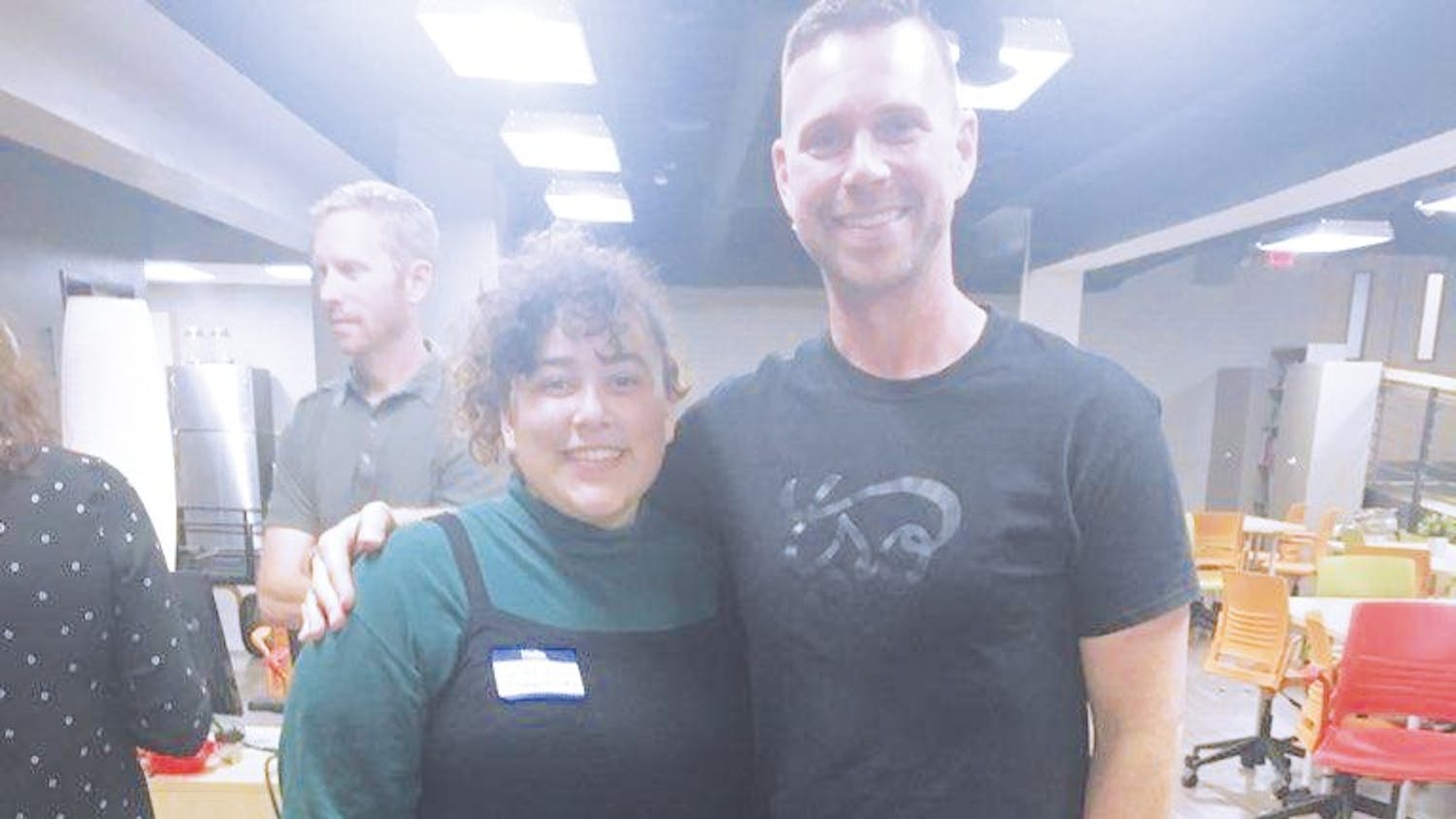I would be shocked if you told me you made it all the way through your time at Taylor without learning something about the Enneagram or being forced into taking it.
Though this personality typing system was not new to me when I entered the Taylor community, I still was amazed with how often it came up in conversation.
With new friends and roommates and in class discussions, everyone wanted to know each others’ Enneagram number or try to guess what number someone else was.
Most often, these discussions stem from a place of curiosity and a desire to get to know others better.
Afterall, the results of these tests do say a lot about a person.
“(The Enneagram is) one of the most powerful and insightful tools for understanding ourselves and others,” the Enneagram institute says. “At its core, the Enneagram helps us to see ourselves at a deeper, more objective level and can be of invaluable assistance on our path to self-knowledge.”
However, when not used in the correct way, the Enneagram actually is more hurtful than helpful.
Junior Kim Ferrell has been developing an interest in the Enneagram since she was 17. This summer she became certified through the Riso-Hudson Institute in the Enneagram.
“At college, especially at Taylor, I’ve noticed a lot of people treat (the Enneagram) the exact same way they would the Myers-Briggs,” Ferrell said. “They treat it like a quiz they can take online and then call it a day.”
But Ferrell says that it is far more than that. She emphasizes that the Enneagram requires more effort beyond just taking the test online. You also have to do a lot of self-observation and internal work for it to be most useful — because the Enneagram is more than just nine personality types.
As each number connects to three different subtypes, two wings and other numbers, there is the possibility for hundreds of types of people, as Ferrell said.
“Your type is simply the beginning,” said Drew Moser, dean of student engagement and author of ‘The Enneagram of Discernment’. “The phrase I use is ‘type is the trailhead.’ It’s really about learning what it means to live not just from a place of personality, but from a place of authentic identity in Christ. When we do that, then the Enneagram is incredibly powerful.”
However, when we don’t do that, and instead only try to understand the Enneagram at a surface level, we risk stereotyping or weaponizing personality.
I’m sure I am not the only person who has heard someone’s mistakes or character flaws dismissed as being a result of their Enneagram number.
How many times have you heard something like, “Oh, well I’m a six so (fill in the blank)” or “She’s such a seven because she (fill in the blank)”?
But one number does not make up an entire identity. If we believe that, then the Enneagram is only another tool used to stereotype and put people in boxes.
“I think the best use of the Enneagram gives us compassion for ourselves that compels us to grow and gives us empathy for others in a way that doesn’t just make us sigh and roll our eyes and say ‘Why are they like that?’” Moser said.
When used in the right way, a community can benefit immensely from a typing system such as the Enneagram.
It can promote self-awareness for the sake of growth, give us a desire to learn more about ourselves and others and help us put words to things about ourselves that we wouldn’t otherwise be able to express.
“Any opportunity for us to consider who we are, that’s a fundamental question of what it means to be human, and that's a good thing,” Moser said. “... I think overall it is a net positive to have some sort of common framework of understanding that helps us better understand ourselves and one another.”




